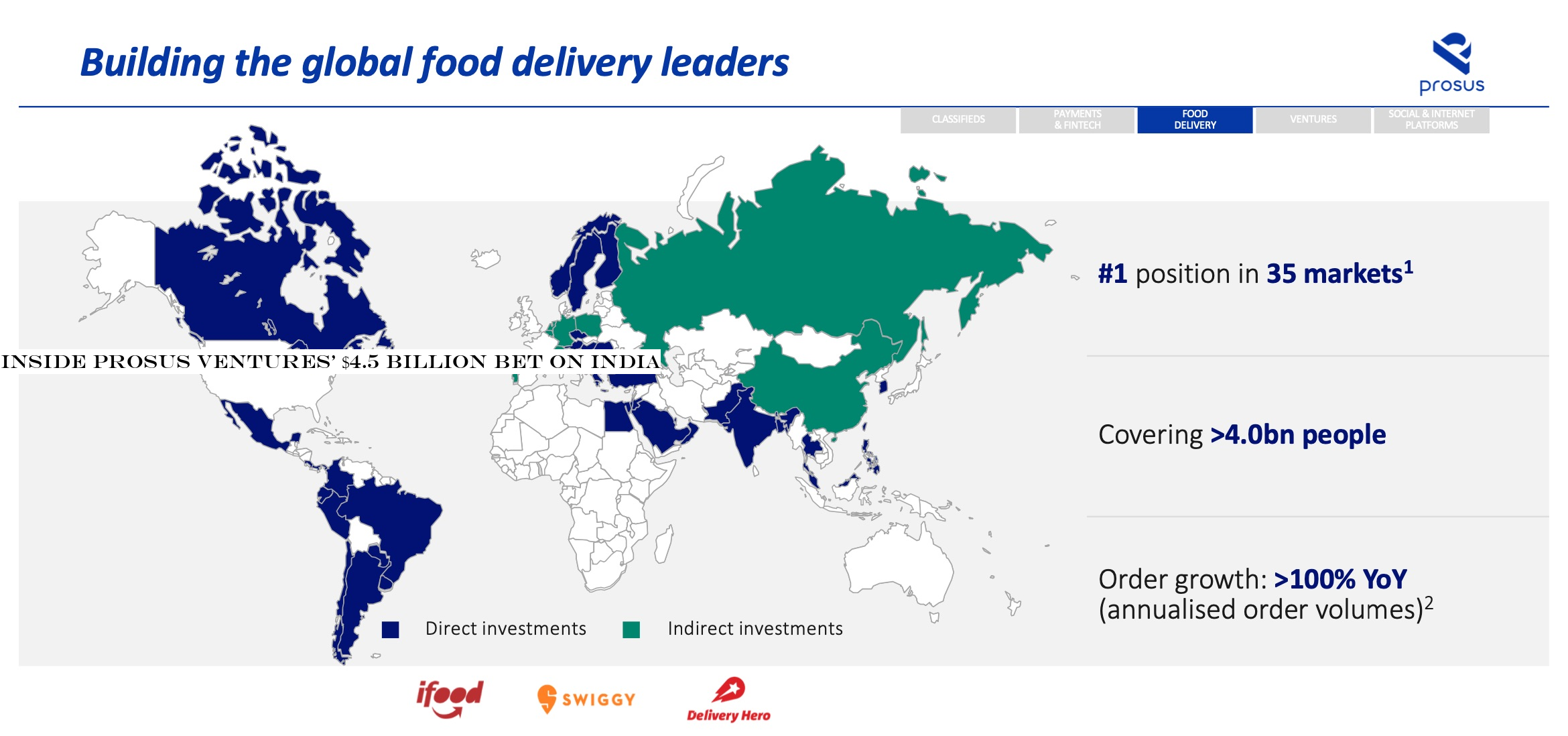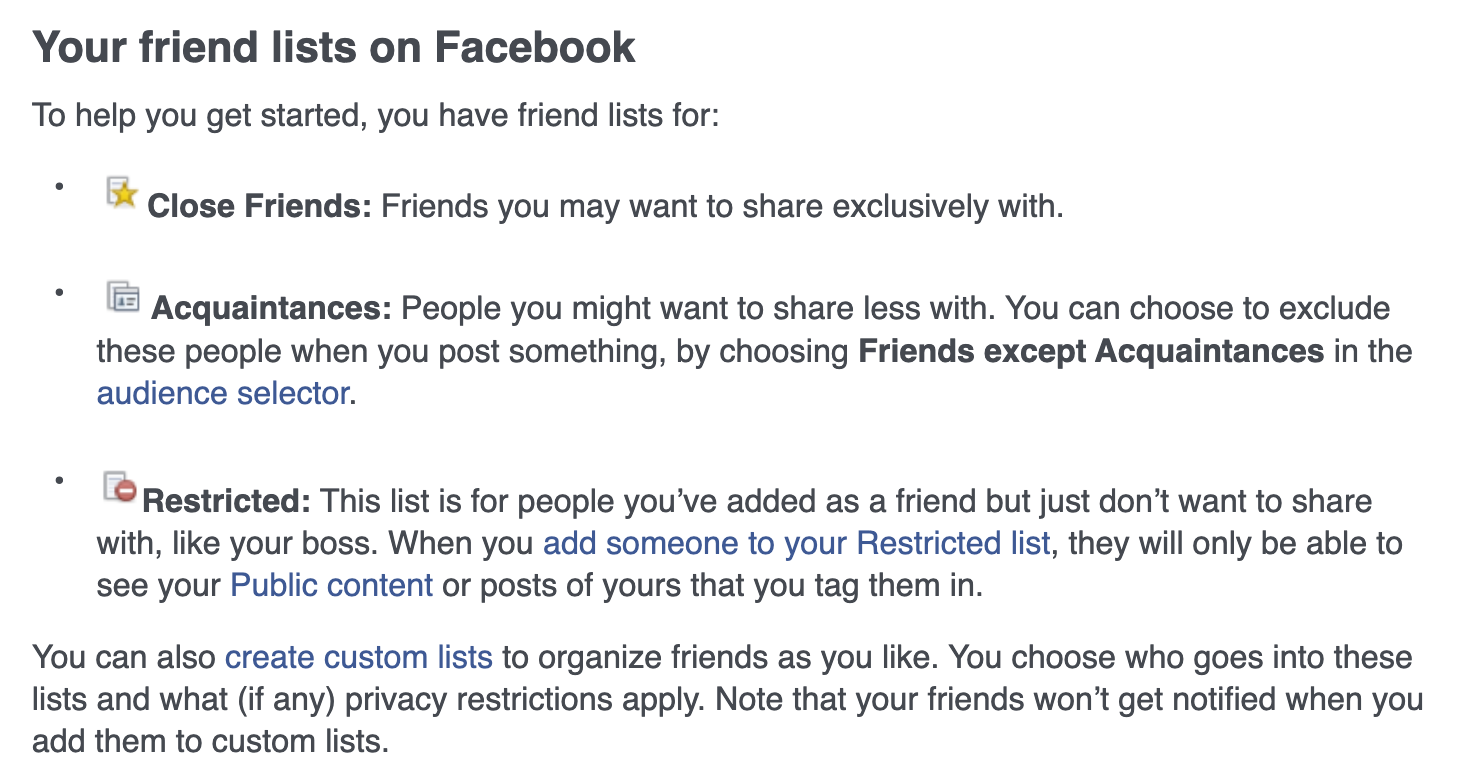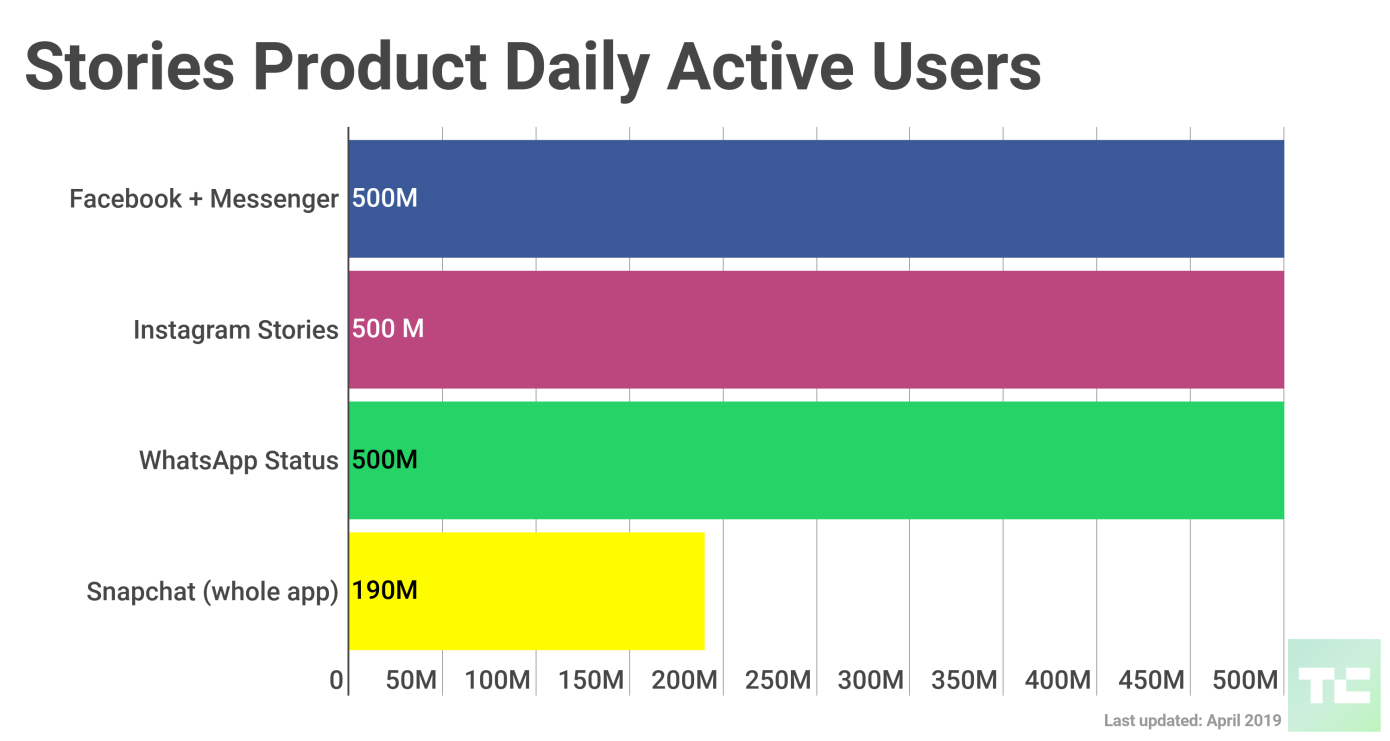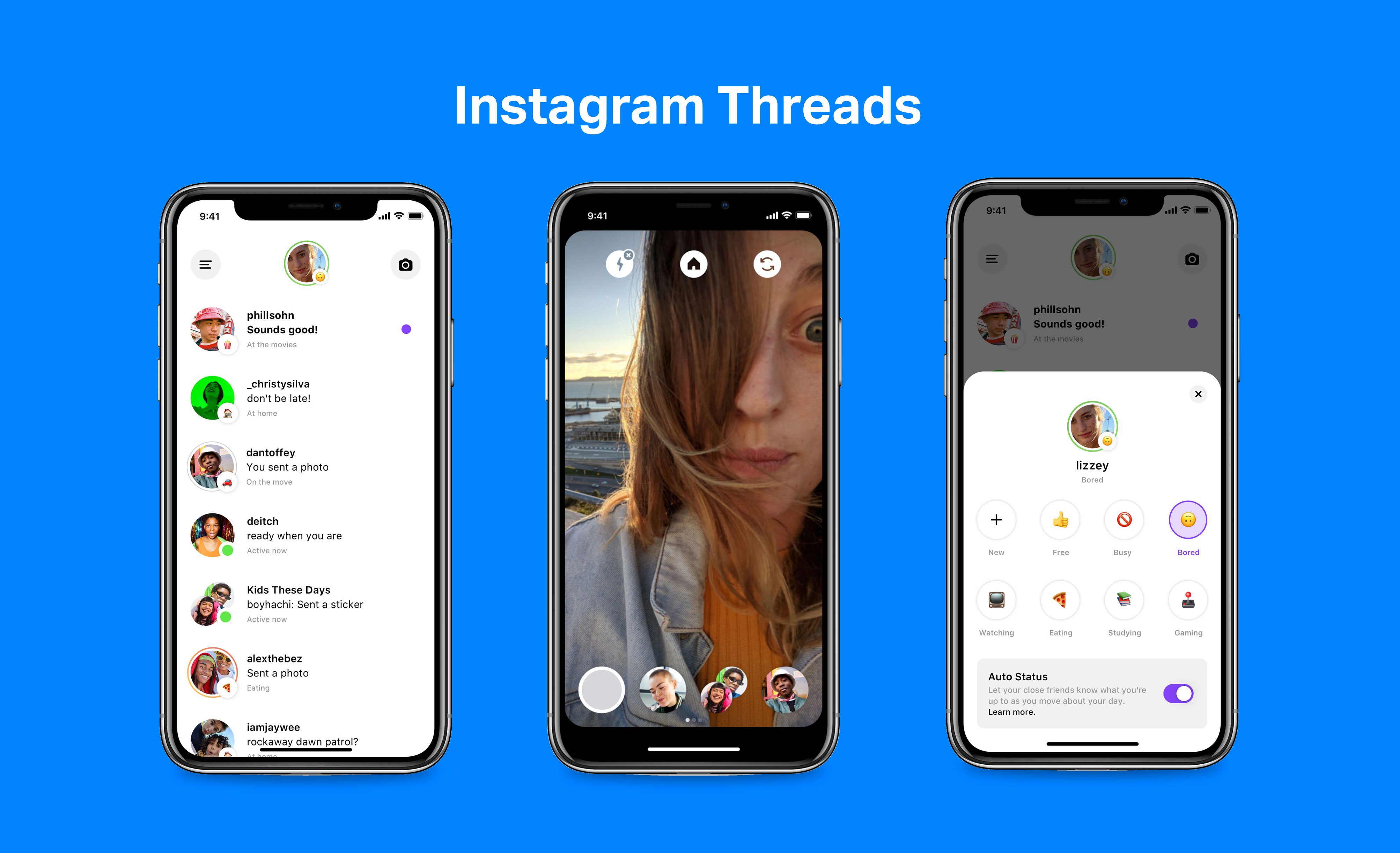Technology

This IT pilot fish and his co-workers have spent a week in heated discussions with the networking group. The subject: some major network problems between two particular sites. Why heated? Networking swears it can&t see any problems on the lines, so the problem must be with ITservers.
But fish and friends know better; at some points, the line between the two sites is dropping out completely.
Itimpossible to know how long the impasse might have lasted if someone at one of the sites hadn&t asked the networking people the right question: &Are we running on the emergency standby route?&
The reply: &Err, yes; shall we switch you back to the primary route now?&
To read this article in full, please click here
- Details
- Category: Technology
Read more: Flashback Friday: Your traffic is just going to degrade our perfect network link
Write comment (90 Comments)
T-Mobile has confirmed a data breach affecting more than a million of its customers, whose personal data (but no financial or password data) was exposed to a malicious actor. The company alerted the affected customers but did not provide many details in its official account of the hack.
The company said in its disclosure to affected users that its security team had shut down &malicious, unauthorized access& to prepaid data customers. The data exposed appears to have been:
- Name
- Billing address
- Phone number
- Account number
- Rate, plan and calling features (such as paying for international calls)
The latter data is considered &customer proprietary network information& and under telecoms regulations they are required to notify customers if it is leaked. The implication seems to be that they might not have done so otherwise. Of course some hacks, even hacks of historic magnitude, go undisclosed sometimes for years.
In this case, however, it seems that T-Mobile has disclosed the hack in a fairly prompt manner, though it provided very few details. When I asked, a T-Mobile representative indicated that &less than 1.5 percent& of customers were affected, which of the companyapproximately 75 million users adds up to somewhat over a million.
The company reports that &we take the security of your information very seriously,& a canard we&ve asked companies to stop saying in these situations.
The T-Mobile representative stated that the attack was discovered in early November and shut down &immediately.& They did not answer other questions I asked, such as whether it was on a public-facing or internal website or database, how long the data was exposed and what specifically the company had done to rectify the problem.
The data listed above is not necessarily highly damaging on its own, but itthe kind of data with which someone might attempt to steal your identity or take over your account. Account hijacking is a fairly common tactic among cyber-ne&er-do-wells these days and it helps to have details like the targetplan, home address and so on at onefingertips.
If you&re a T-Mobile customer, it may be a good idea to change your password there and check up on your account details.
- Details
- Category: Technology
Read more: More than 1 million T-Mobile customers exposed by breach
Write comment (94 Comments)Last week, at a StrictlyVC event in San Francisco, we sat down with Maryanna Saenko and Steve Jurvetson, investors who came together to create the investment outfit Future Ventures roughly one year ago. It was their first public appearance together since announcing their $200 million fund, and we started by asking Jurvetson about his high-profile split from his old firm DFJ. (He said of the experience that &sometimes life forces a dislocation in what you&re doing, and it got me to become an entrepreneur for the first time in a long time.&)
We also talked about how the two came together and where they&re shopping, as they have fewer constraints than most firms. It was a wide-ranging chat that covered SpaceX and to a lesser extent Tesla, whose boards of directors Jurvetson sits on. We also talked about The Boring Company, in which Future Ventures has a stake, the profound dangers of the AI race between companies (and countries), and whether the powerful psychedelic ayahuasca — or something like it — might represent an investment opportunity. Included in the mix was what Jurvetson described as potentially the &biggest money-making opportunity& he has &ever seen.&
Read on to learn more. Our conversation has been edited lightly for length.
You&ve come together to build this new fund that has a 15-year investing horizon. Your interests overlap quite a bit. Maryanna, you&re a robotics expert with degrees from Carnegie Mellon; you were with Airbus Ventures before joining DFJ then heading later to Khosla Ventures. Who is better at what?
SJ: Shebetter at everything, is the answer, but I think we&re better as a pair. The beauty of small team is you&re better than you would be on your own. I knew when I set off that I didn&t want to do it alone. I know that the people I&ve worked with over the last 20 years have made me better. The best investments I did at DFJ I largely attribute to the junior partner I was working with at the time, and I might not have done those best deals if I was on my own.
Theresomething about the dialectic, the discussion, the debates with someone you respect whose opinion is valuable, so rather than thinking, ‘You handle this, I&ll handle that& and partitioning it, itmore of a [back and forth]. So we have partner meetings all the time, just not any scheduled meetings.
Certainly, Maryannadeep background in robotics is a vein of interest, as is all the aerospace stuff. But just a reminder, when I first interviewed her [Jurvetson originally hired her at DFJ], I was blown away that she had already invested in several of the quirky sectors from quantum computer to phasor antennas for satellites to [inaudible but relating to space].
Of course you would be investing [in this thing I&ve never heard of before].
MS: Itgoing to become relevant, I promise.

Speaking of aerospace, you two have invested in SpaceX, a company that DFJ had also backed. Is this company ever going to go public?
SJ: I think the official last tweet on this matter was that the company will go public after there are regularly scheduled flights to Mars.
Which is when?
SJ: It might not be that far off. Probably within the 15-year [investing] cycle that we have now. Clearly the business is much more dramatic than just that. Thatthe big storm on the horizon [that captures a lot of interest] but in the near term, there are multiple billions of dollars in revenue. They&re a profitable business. And frankly, they&re about to launch what may be the biggest money-making opportunity I&ve ever seen in my life, which is the broadband satellite data business [Starlink, which is a constellation being constructed by SpaceX to provide satellite Internet access].
So thereplenty of good stuff happening before we get to Mars. That was just a way to put all the investment bankers off. They&re continuously hounding the company, ‘When are you going public? When are you going public?&
It is 17 years old. Have you made money off it [as an investor] thus far?
SJ: Oh, yeah, at our prior firm, they&ve [enjoyed] well over $1 billion in profit [through secondary sales].
What do you think of scientists& concerns that these satellites going to ruin astronomy because they&re so bright? I know SpaceX has tried to paint them. I also know SpaceX isn&t alone and that Amazon is also trying to put up a constellation, for example. But you&re a mission-driven firm. Should we be worried that we&re littering the sky with these things?
MS: One of the fundamental questions when you invest in technology is what are the second-order effects that we&re aware of and what are the second-order effects that we&re not clever enough to foresee ahead of time [and] to look holistically at these problems.
So first and foremost, right, itnot just Space X. Many companies these days are trying to put up a constellation whether in [Low Earth Orbit] or [Medium Earth Orbit] or increasingly in [Geostationary Orbit]. We need to think mindfully and work with the scientific communities and say, ‘What are the needs?& Because the reality is that the communication is going to go up, and if itnot from U.S. companies, it&ll be from European or from Asian companies. So I think the scientific community needs to wake up, unfortunately, to the reality that the Luddite form of saying, ‘Technology isn&t going up to space& . . . and they should say say, ‘Herea set of metrics that we&d like to continue moving forward with.&
Ideally we can design to those specs. Beyond that, I fundamentally believe we&ll find ways to shine brighter lights and move further [out]. Honestly, most of the interesting imaging happens well past [Low Earth Orbit] and I think when we start building a lunar base, we&ll solve a lot of these problems.
At StrictlyVClast event, we played host to a supersonic jet company called Boom. There are a handful of companies with which it competes, too&
MS: Oh, more than [a handful]. If you count just pure electric aircraft companies, I&ve met with 55 of, I would guess, around 200 or 300. Within that, supersonic is smaller, but itstill in the dozens.
Whoa, that many? Does the world need supersonic jets — again?
MS: [As a] recovering engineer and scientist, the way that I look at the space is does the business model fundamentally [make more sense] than when we tried this the last time in the &80s. If the answer is, ‘This time, we&re a bunch of clever software kids building an aerospace device and don&t worry about it, we&ll figure out how to build an aircraft,& I&m going to tell you all the reasons that isn&t necessarily going to work.
I think on the electric aircraft side, we have a bunch of questions to answer about what is the timeline of battery density versus what is a mission profile for these flights that actually makes sense. On the long-range side, we can look at what SpaceX might do with point-to-point capsules. [At the intermediate stage, hypersonic fight],I have not yet seen an engineering trajectory matched with a business model that I think closes in this space, at all, so I&m not sure what the bankers are doing,
SJ: Also, the FAA regulatory cycle is very long. But [in addition to these reasons], our life becomes very simple the moment we know there are 55 to maybe 200 companies in a sector, and this is true for small sat launch or eVTOL aircraft — huge swaths of the landscape. Whenever theremore than one or two [companies in a space], we don&t even want to meet unless we&re just trying to understand whatgoing on. Why would anyone invest in the 130th small sat launch company? We try to look for companies that are unlike anything thatbeen seen before at the time.
On that note, thereonly one new company that I know of thatdigging a tunnel-based transportation system, Boring Company. Itanother investment of Future Ventures . Did it come with a board seat?
SJ: No. We&re in the first round of investment.

Is this a real company? I&ve read it takes $1 billion to tunnel through a mile.
SJ: It depends where you&re digging. Thatthe worst case, but it can be up there, like when Boring Company won this contract in Las Vegas for a very short segment, the competition was bidding like $400 million for just a mile. It was like, really?
If you think about the pattern across aerospace with SpaceX, [the motor] issue with Tesla, and now potentially in construction, fintech, and agriculture, there are industries that haven&t [seen major innovation] in a long time. So the top four companies in America that are digging tunnels all started in the 1800s. Thatan especially long time ago. And the whole point, too, with Boring is switching diesel to electric, to do continuous digging, to reengineer the entire thing with a software and simulation mindset, to dramatically increase the speed and lower the cost. Think two orders of magnitude cheaper at least.
Steve, you&d said once before that in most of the deals you&ve funded across your career, yours was the only check, that there just wasn&t any competition. But more people are focused on the ‘future& as an investment theme now. Is it harder to find those outliers?
SJ: Ita little harder. We usually use that as a signal to look to a new market whenever there are multiple checks, When ita category, when there are conferences about it, when other venture firms are talking about it, thatusually a sure-enough sign that we already should have moved on to something else.
MS: The simple reality, too, is the industry is focused on a handful of sectors — enterprise software, consumer internet, and the like — and often there are fantastic funds with one or two edge-case investments, and thatgreat, because we love those funds and we want to work with them. But there are very few funds where that trajectory is the straight and narrow of their fundamental thesis.
You raised $200 million for this fund from tech CEOs and hedge funds and VCs; do you have the same constraints that other firms have?
MS: I don&t think we have particularly fine constraints on anything, but we do have the constraint of our own conviction, our word and the quality of our characters, so one of the theses when we raised the fund was that we don&t prey on human frailty, so no addictive substances, no [social media influencers] — and not just because we&re bad at being cool hunters. But thatnot our intention; thatnot what we&re trying to create in the world.
I know you&re interested in AI. What does that mean? Are you funding drug development?
SJ: What have you heard? Thata really good guess.
There are so many companies — hundreds of them — using AI to try and uncover drug candidates, but they don&t seem to be getting very far or maybe they&re aren&t getting far enough along as fast as I&d expected.
SJ: [We have a related deal in process]. Interestingly, we&ve done ten deals that have closed; we have three more that are in the process, two in the signed term sheet phase. Four are in the area of edge intelligence . . .
MS: I&ll often come at things from how would I build this robot in the world to do some critical task and Steve often looks at it more from the chip and power and processing and how you lay the algorithm onto the silicon. And between those two, we arrive at a really interesting thesis up and down the stack. So we&ve done Mythic, an edge intelligence chip company, but we&ve also looked at this idea that we&re going to send out these AIs into the world but we basically bake them into these edge devices that are terrible [because they don&t work well].
The real issue is an AI thatgetting trained somewhere in some cloud then getting pushed to your edge device and then, good luck. But increasingly [we&re thinking] about continuous improvement of those AIs as they&re running in real time and mindful of how we shuttle the data back to the mother ship data centers. [We&re looking to] enable continuous improvement and acceleration of that learning. We have a number of portfolio companies up and down that stack that I&m incredibly excited about.
That all sounds comfortably pedestrian compared to the very big picture, wherein a small group of companies is amassing all the richest data to train AI and are growing more powerful by the day. Steve, you&ve talked about this before, about your concerns that one day there could be very few companies, which would exacerbate income inequality. You said this could be a bigger threat to society than climate change. Do you think these companies — Facebook, Amazon, Google — should be broken up?
SJ: No, I don&t think they should be broken up, but I do think itan inexorable trend in the the technology business that there are power laws within firms and between firms . . . If you want to maintain capitalism and democracy, itnot self-rectifying and itonly going to get worse. Compared to when we last spoke about this [in 2015], itgotten a lot worse. The data concentration, the usage of it.
Think, for example, of SenseTime in China . . . it recognizes faces better than any other algorithm on earth right now . . . So you have the U.S. power laws and power laws between countries as well. Thatjust one new pejoration as AI and quantum computing escalates.
So everyone in technology and who invests in it should be thoughtful about what this means and think about entrepreneurial paths to the future we want to live in . . . how we get from here to there is not obvious. The markets [will handle some but not all of these things]. So itvery worrisome and when I said itworse than climate change, I meant it will have more impact on whether humanity makes it through the next 20 years. Climate change [may do us in] 200 years from now but theresome serious pressing issues over the next 20 years.
And breaking up these companies isn&t part of the solution.
Italmost like this notion of controlling an AI thatgreater than human intelligence. How would you ever imagine you would control such a thing? How would you even imagine understanding its inner workings? So the notion that through regulation you could break up a natural monopoly when everything that fixes the industry creates a natural monopoly, it&d be like whack-a-mole.
Whatthe answer? Looking around the corner, what are you funding thatgoing to blow peopleminds? Ayahuasca? Is there a market for that? I know iteverywhere.
SJ: [Looking shocked.] There are two companies, one we wired funds earlier today and the other is a signed term sheet and they relate to your questions.
MS: We should check if the office is bugged [laughs].
SJ: Therea lot going on. Curing mental illness. Alternative modalities.
MS: The largest rising global epidemic is depression. Adolescent suicide rates are up 300 percent in the U.S. in the last 10 years. And we don&t have the resources, the skills, the technologies and the licensed therapists available. We know there are medicinal compounds, often from plant vines, that have shown incredible value in addressing treatment-resistant depressions and addiction and abusive substances. And often participation in those things is a privilege of particular groups in society and so how do we democratize access to mental health.
Wait, I can&t believe I guessed it. You&re investing in an ayahuasca-related startup!?
SJ: Itclose, not exactly. [Laughs.]
- Details
- Category: Technology
Prosus Ventures last week filed a hostile offer for British food delivery startup Just Eat, an attempt to defeat a unanimous rejection from its board and simultaneously fend off a bid from rival Takeaway.
The giant Naspers spinoff said it was willing to pay as much as $6.3 billion in cash to lure Just Eat, one of Europelargest foodtech players.
Prosus& major bet on online food startups shouldn&t come as a surprise; the recently-listed subsidiary, whose parent firm has invested in companies in more than 90 nations, has shown a great appetite for food delivery startups globally.
How deeply Prosus believes in foodtech is perhaps on display in emerging markets such as India, one of the most buzziest nations for the investment firm, where the unit economics doesn&t work yet for almost any internet startup and probably won&t for another few years.

Prosus Ventures& investments in food delivery startups globally
Last year, South Africa-based Naspers led a $1 billion financing round for Indian food delivery startup Swiggy. The investment firm contributed $716 million to the round, just shy of the roughly $750 million that Swiggychief rival, Zomato, has raised in its 11 years of existence.
TechCrunch spoke with Larry Illg, CEO of Prosus Ventures and Food, and Ashutosh Sharma, head of investments for India at the venture firm, to understand how significant foodtech is for the investment firm and the bets it is making in India.
Swiggy
&We had a thesis on food delivery globally,& said Illg, describing the companyfirst search for a food delivery company in India. &We knew that at least one big player will be there in India in the future. We went around the town and spoke to a lot of startups.&
And then they found Swiggy. But, Illg said, it was a very different Swiggy from the one that currently dominates the Indian market. &So here was a food delivery startup that was already profitable. The only challenge was that it was operational in just six cities in India.&
And thus began Naspers& journey to convince Swiggy to expand its service nationwide. Now operational in more than 130 cities around the country, Swiggy today competes with Zomato, UberEats, and Ola-owned FoodPanda (now known as Ola Foods).
Prosus Ventures& Sharma, who heads India business, cautioned that it is early for food startups in India. &I want to say we are on day one, but it might as well be day zero. The number of smartphone users in India who are ordering food online is still less than 2%,& he said.
But even this nascent category has attracted some tough competitors. While UberEats and OlaFoods are struggling to make a significant dent, Swiggy and Ant Financial-backed Zomato are locked in an intense battle.
Both companies, according to industry reports, are losing more than $20 million each month. Zomato was burning about $45 million each month a year ago, Info Edge, a publicly-listed investor in the startup revealed in its recent earnings call with analysts.
Illg is not really bothered with the frenzy cash burn in Indiafood delivery market, and said Prosus has no shortage of cash, either.
That cash might come in handy very soon. A source at Zomato told TechCrunch that the company is in talks to raise as much as $550 million in a round led by Ant Financial .
TechCrunch reported earlier this year that Zomato is quietly setting up its own supply chain to control the raw material its restaurant partners use. Two sources familiar with Zomato say the food delivery startup is thinking of expanding beyond delivering food items.
Earlier this year, Swiggy announced that its delivery fleet can now move just about anything from one part of the city to another. The service, called Swiggy Go, is currently limited to select cities. Zomato plans to replicate this, sources say. Neither of these developments have been previously reported.
Additionally, cloud kitchens are current area of focus for Swiggy. This week, the company announced it has established more than 1,000 cloud kitchens in the country, more so than any of its rivals.
Illg said cloud kitchens are crucial for a country like India, which has a low density of restaurants. &We have the visibility of all the market dynamics,& he said. &We can look at a location, comb through the data and know what kind of restaurants and food supplies would work there.&
- Details
- Category: Technology
Read more: Inside Prosus Ventures’ $4.5 billion bet on India
Write comment (90 Comments)
A purported agent of the Chinese intelligence service is seeking asylum in Australia, bringing with him explosive allegations of widespread interference in political affairs in that country, Taiwan and elsewhere. He claims also to have run a cyberterrorism campaign against supporters of Hong Kong independence.
Wang &William& Liqiang indicated to Australian news outlet The Age that during a deep-cover assignment intended to manipulate the 2020 presidential election in Taiwan, he decided to defect and expose the Chinese networks from abroad.
In addition to The Age, Wang spoke with The Sydney Morning Herald and 60 Minutes; the various outlets appear to be planning a broader release of the contents of his interviews on Monday.
Wang has reportedly explained in detail the inner workings of a Hong Kong-listed company called China Innovation Investment Limited, which the government has allegedly been using as a front to infiltrate various universities, political groups and media companies.
He claims to have personally been involved in the infamous kidnapping of Lee Bo and other booksellers in Hong Kong whose disappearance prompted widespread protests.
He also says that he helped direct a &cyber army& to dox, attack and otherwise harass Hong Kongindependence protestors, and that he was working on establishing one to affect the 2020 election in Taiwan.
Operations in Australia and other countries were implied but not detailed in initial reports of Wangdefection. He is reportedly currently at an undisclosed location in Sydney pending formal protections from the Australian government.
More information is expected to be revealed on Monday by the outlets Wang spoke to, so stay tuned.
- Details
- Category: Technology
Read more: Chinese spy defects to Australia, alleging election interference and cybercrimes
Write comment (96 Comments)Facebook is building its own version of Instagram Close Friends, the company confirms to TechCrunch. There are a lot people that don&t share on Facebook because it can feel risky or awkward as its definition of &friends& has swelled to include family, work colleagues and distant acquaintances. No one wants their boss or grandma seeing their weekend partying or edgy memes. There are whole types of sharing, like SnapchatSnap Map-style live location tracking, that feel creepy to expose to such a wide audience.
The social network needs to get a handle on microsharing. Yet Facebook has tried and failed over the years to get people to build Friend Lists for posting to different subsets of their network.

Back in 2011, Facebook said that 95% of users hadn&t made a single list. So it tried auto-grouping people into Smart Lists like High School Friends and Co-Workers, and offered manual always-see-in-feed Close Friends and only-see-important-updates Acquaintances lists. But they too saw little traction and few product updates in the past eight years. Facebook ended up shutting down Friend Lists Feeds last year for viewing what certain sets of friends shared.
Then a year ago, Instagram made a breakthrough. Instead of making a complicated array of Friend Lists you could never remember who was on, it made a single Close Friends list with a dedicated button for sharing to them from Stories. Instagramresearch found 85% of a userDirect messages go to the same three people, so why not make that easier for Stories without pulling everyone into a group thread? Last month I wrote that &I&m surprised Facebook doesn&t already have its own Close Friends feature, and it&d be smart to build one.&


How Facebook Favorites works
Now Facebook is in fact prototyping its a feature similar to Instagram Close Friends called Favorites. It lets users designate certain friends as Favorites, and then instantly send them their Facebook Story or a camera-based post from Messenger to just those people, each in their own message thread.
The feature was first spotted inside Messenger by reverse engineering master and frequent TechCrunch tipster Jane Manchun Wong. Buried in the Android app is the code that let Wong generate the screenshots (above) of this unreleased feature. They show how when users go to share a Story or camera post from Messenger, they can instantly send it over chat to everyone on in their Favorites, and edit whoon that list by adding up to 10 people manually or from algorithmic suggestions. For now Favorites isn&t an audience for sharing Stories like Instagram Close Friends is, but you could imagine Facebook expanding Favorites to have that functionality down the line.
[Update: Facebook had originally confirmed Favorites was for sharing via Stories, but later corrected itself saying posts are sent to Favorites via Messenger.]![]()
A Facebook spokesperson confirmed to me that this feature is a prototype that the Messenger team created. Itan early exploration of the microsharing opportunity, and the feature isn&t officially testing internally with employees or publicly in the wild. The spokesperson describes the Favorites feature as a type of shortcut for sharing to a specific set of people. They tell me that Facebook is always exploring new ways to share, and as discussed at its F8 conference this year, Facebook is focused on improving the experience of sharing with and staying more connected to your closest friends.
Unlocking creepier sharing
There are a ton of benefits Facebook could get from a Favorites feature if it ever launches. First, users might share more often if they can make content visible to just their best pals, as those people wouldn&t get annoyed by over-posting. Second, Facebook could get new, more intimate types of content shared, from the heartfelt and vulnerable to the silly and spontaneous to the racy and shocking — stuff people don&t want every single person they&ve ever accepted a friend request from to see. Favorites could reduce self-censorship.

&No one has ever mastered a close friends graph and made it easy for people to understand . . . People get friend requests and they feel pressure to accept,& Instagram director of product Robby Stein told me when it launched Close Friends last year. &The curve is actually that your sharing goes up and as you add more people initially, as more people can respond to you. But then therea point where it reduces sharing over time.& Google+, Path and other apps have died chasing this purposefully selective microsharing behavior.
Facebook Favorites could stimulate lots of sharing of content unique to its network, thereby driving usage. After all, Facebook said in April that it had 500 million daily Stories users across Facebook and Messenger posting from the camera, and the same number as Instagram Stories and WhatsApp Status.

Before Instagram launched Close Friends, it actually tested the feature under the name Favorites and allowed you to share feed posts as well as Stories to just that subset of people. And last month Instagram launched the Close Friends-only messaging app Threads that lets you share your Auto-Status about where or what you&re up to.
Facebook Favorites could similarly unlock whole new ways to connect. Facebook can&t follow some apps like Snapchat down more privacy-centric product paths because it knows users are already uneasy about it after 15 years of privacy scandals. Apps built for sharing to different graphs than Facebook have been some of the few social products that have succeeded outside its empire, from Twitterinterest graph, to TikTokfandoms of public entertainment, to Snapchatmessaging threads with besties.

A competent and popular Facebook Favorites could let it try products in location, memes, performances, Q-A, messaging, live streaming and more. It could build its own take on Instagram Threads, let people share exact location just with Favorites instead of just what neighborhood they&re in with Nearby Friends or create a dedicated meme resharing hub like the LOL experiment for teens it shut down. At the very least, it could integrate with Instagram Close Friends so you could syndicate posts from Instagram to your Facebook Favorites.
The whole concept of Favorites aligns with Facebook CEO Mark Zuckerbergprivacy-focused vision for social networking. &Many people prefer the intimacy of communicating one-on-one or with just a few friends,& he writes. Facebook can&t just be the general purpose catch-all social network we occasionally check for acquaintances& broadcasted life updates. To survive another 15 years, it must be where people come back each day to get real with their dearest friends. Less can be more.
- Details
- Category: Technology
Read more: Facebook prototypes Favorites for close friends microsharing
Write comment (100 Comments)Page 281 of 5614

 17
17